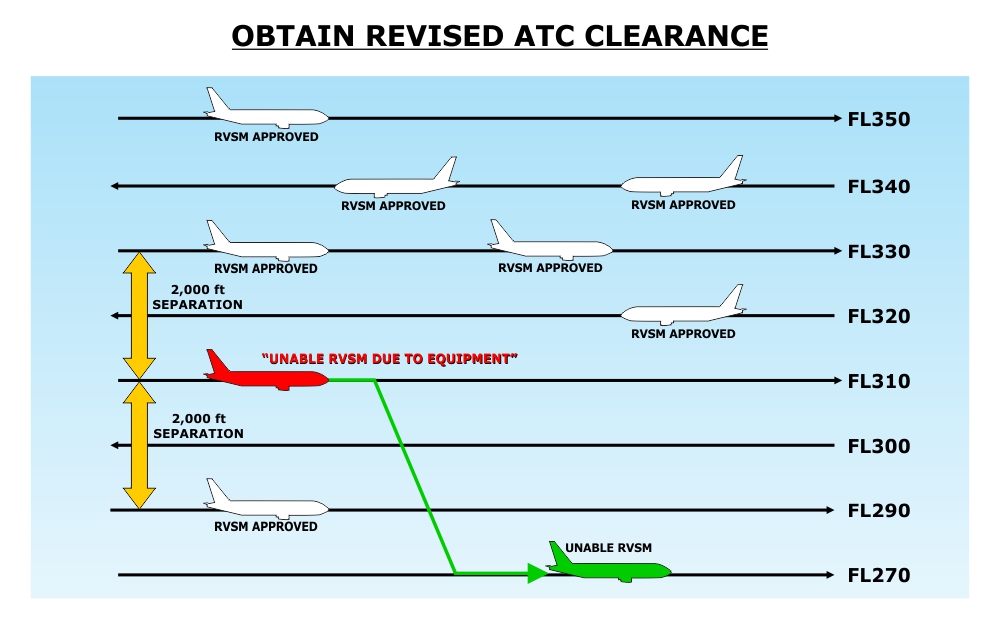- Chrome For Apple Mac
- Chrome Download For Mac Ios
- Mac Chrome Download Certificate
- Download Certificate Chrome Mac 10.14
Install PFX / PKCS#12 File - MAC OSX for Safari & Chrome. Installing a PFX / PKCS#12 File in MAC OSX for Safari & Chrome Article Purpose: This article provides step-by-step instructions for installing a PKCS#12 file in MAC OS using Chrome. If this is not the solution you are looking for, please search for your solution in the search bar above. Step 5a: DoD certificate installation instructions for Firefox users. NOTE: Firefox will not work on Catalina (10.15.x), or last 4 versions of Mac OS if using the native Apple smartcard ability. Download AllCerts.zip, remember where you save it. Double click the allcerts.zip file (it'll automatically extract into a new folder).
- Get your MIT Personal Certificate; Get your Certificate Authority (MIT CA) We strongly recommend using CertAid to configure your certificates for Chrome, Internet Explorer, and Safari (for all other browsers, use the Get an MIT Certificate page). It manages the entire certificate setup procedure, giving you a more reliable installation experience.
- Open Chrome on your computer. It’s in the All Apps section of the Start ('Start' icon) menu in.
I’ve been using Google Chrome as my primary browser for the last few months. Sorry, Firefox, but with all the stuff I need to work installed, you’re so slow as to be unusable. Up to and including having to force-quit at the end of the day. Chrome starts and stops quickly But that’s not the purpose of this entry. The purpose is how to live with self-signed SSL certificates and Google Chrome.

Let’s say you have a server with a self-signed HTTP SSL certificate. Every time you hit a page, you get a nasty error message. You ignore it once and it’s fine for that browsing session. But when you restart, it’s back. Unlike Firefox, there’s no easy way to say “yes, I know what I’m doing, ignore this.” This is an oversight I wish Chromium would correct, but until they do, we have to hack our way around it.
Caveat: these instructions are written for Mac OS X. PC instructions will be slightly different at PCs don’t have a keychain, and Google Chrome (unlike Firefox) uses the system keychain.
Chrome For Apple Mac
So here’s how to get Google Chrome to play nicely with your self-signed SSL certificate:
Chrome Download For Mac Ios

Mac Chrome Download Certificate
On your web server, copy the crt file (in my case, server.crt) over to your Macintosh. I scp'd it to my Desktop for ease of work.** These directions has been updated. Thanks to Josh below for pointing out a slightly easier way.**
In the address bar, click the little lock with the X. This will bring up a small information screen. Click the button that says “Certificate Information.”
Click and drag the image to your desktop. It looks like a little certificate.
Double-click it. This will bring up the Keychain Access utility. Enter your password to unlock it.
Be sure you add the certificate to the System keychain, not the login keychain. Click “Always Trust,” even though this doesn’t seem to do anything.
After it has been added, double-click it. You may have to authenticate again.
Expand the “Trust” section.
- “When using this certificate,” set to “Always Trust”
That’s it! Cakewalk sonar mac free download. Close Keychain Access and restart Chrome, and your self-signed certificate should be recognized now by the browser.
Download Certificate Chrome Mac 10.14
This is one thing I hope Google/Chromium fixes soon as it should not be this difficult. Self-signed SSL certificates are used **a lot **in the business world, and there should be an easier way for someone who knows what they are doing to be able to ignore this error than copying certificates around and manually adding them to the system keychain.

